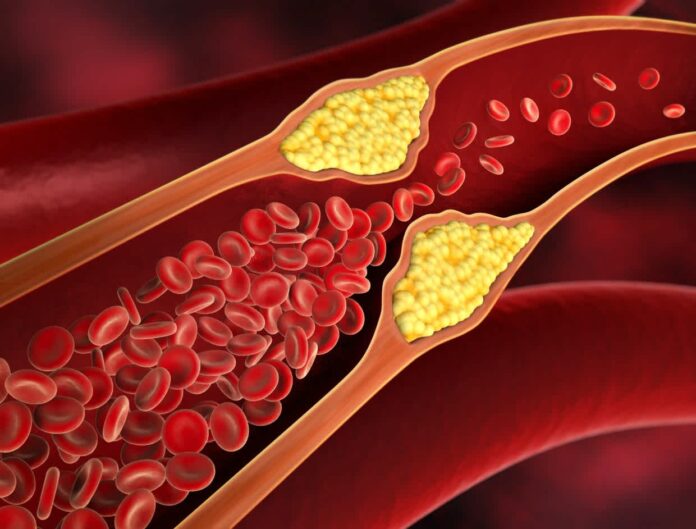High cholesterol often doesn’t show obvious symptoms in its early stages, which is why it’s often called a “silent” condition. However, it can lead to serious health issues like heart disease if left untreated. Some signs and symptoms that might indicate high cholesterol levels or associated conditions include:
- Chest pain or angina: This could be a sign of reduced blood flow to your heart due to narrowed arteries, which can be caused by high cholesterol.
- Yellowish deposits on the skin: Yellowish patches around the eyes, known as xanthelasma, can sometimes indicate high cholesterol levels.
- Peripheral artery disease (PAD): Reduced blood flow to your limbs can cause symptoms like leg pain or numbness, especially when walking.
- Stroke: High cholesterol can contribute to the buildup of plaques in your arteries, increasing the risk of blood clots that can cause strokes.
- Corneal arcus: A white or gray ring around the cornea of the eye can be a sign of high cholesterol levels, especially in people under 40.
- Gallstones: High cholesterol can lead to the formation of gallstones, which can cause severe pain in the upper abdomen.
- Tingling or numbness in extremities: This can be a sign of peripheral neuropathy, which can be caused by conditions related to high cholesterol, such as diabetes.
- Shortness of breath: Reduced blood flow to the heart due to narrowed arteries can cause symptoms like shortness of breath, especially during physical activity.
It’s important to note that these signs and symptoms can also be caused by other conditions, so it’s essential to consult a healthcare professional for proper diagnosis and treatment if you’re experiencing any of them. Additionally, regular check-ups and cholesterol screenings can help identify and manage high cholesterol before it leads to more serious health problems.



